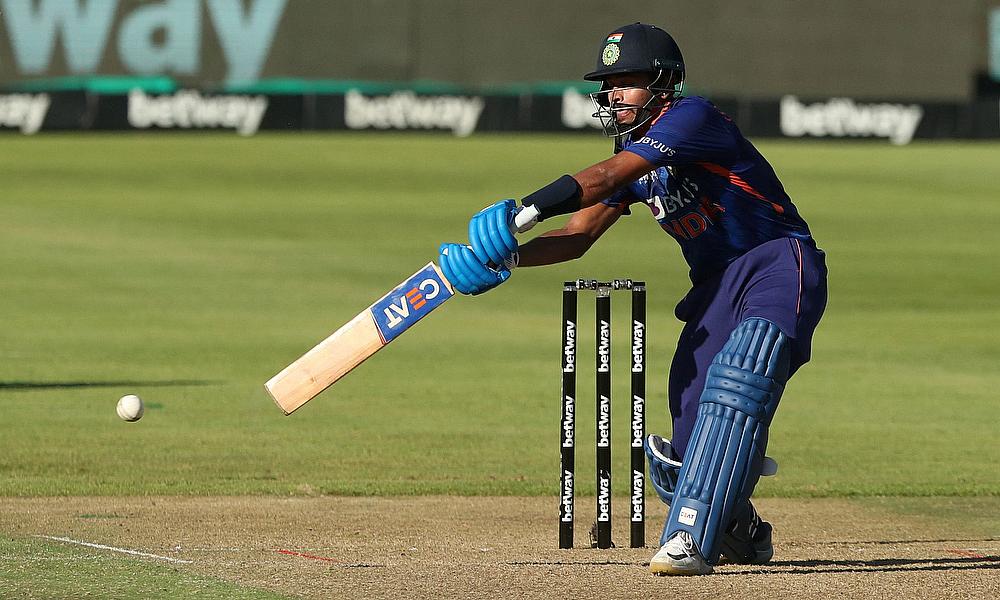 Like most Americans, your Editor is utterly clueless when it comes to cricket. Bats, pitches, test matches…it sets her to wondering why the far simpler to understand polo hasn’t been popular in the US since the 1930s, because even at the club level, it’s an action sport with thrills and sometimes disastrous spills. Like most press, TTA receives releases, this one from India (published in Cricket World) promoting the use of Ultrahuman M1, a continuous blood glucose monitor (CBGM) out of Bangalore, India which with an app claims to optimize athletic metabolic fitness based on glucose biomarkers and continuous scoring. It factors in food, sleep, workouts, meditation, and daily activities. The news is the endorsement by top Indian cricket player Shreyas Iyer (at left–photo Reuters).
Like most Americans, your Editor is utterly clueless when it comes to cricket. Bats, pitches, test matches…it sets her to wondering why the far simpler to understand polo hasn’t been popular in the US since the 1930s, because even at the club level, it’s an action sport with thrills and sometimes disastrous spills. Like most press, TTA receives releases, this one from India (published in Cricket World) promoting the use of Ultrahuman M1, a continuous blood glucose monitor (CBGM) out of Bangalore, India which with an app claims to optimize athletic metabolic fitness based on glucose biomarkers and continuous scoring. It factors in food, sleep, workouts, meditation, and daily activities. The news is the endorsement by top Indian cricket player Shreyas Iyer (at left–photo Reuters).
CBGMs such as the Dexcom G6 are not marketed this way in the US. Your Editor found one brand that is, somewhat, the pre-market Signos which also ties in weight loss, but both require a doctor’s prescription. The Apple Watch, or in fact any watch, has famously failed to factor in or have any success with blood glucose monitoring.
But actually ordering the Ultrahuman is rather opaque. You can subscribe to the app with yoga, meditation, and workouts for $25/year, but the “Cyborg” or M1 metabolic part leads you through information screens and to the realization that it’s pre-market and waitlisted. There’s no mention on the website about a prescription, either.
This resonated with your Editor because she recently read a book about 1950s F1 and sports car racing champions Phil Hill and his Ferrari teammate Wolfgang von Trips. von Trips tended to crash a lot (nicknamed Count von Crash) partly because he had a serious low blood sugar problem from childhood, and would suddenly weaken. He would eat or pop glucose tablets during a race. von Trips died at Monza in 1961. What if….
Do any Readers know if CBGMs are currently used in sports? Comment please.







Most Recent Comments